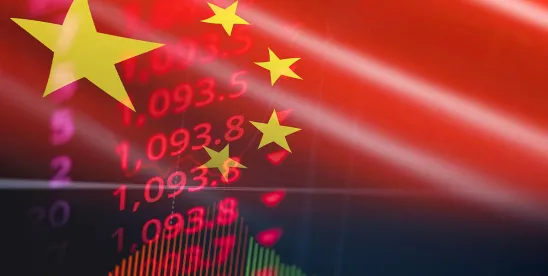The China Securities Regulatory Commission (CSRC) released a series of rules on reform of the regulatory regime for initial public offering (IPO) on Chinese stock exchanges (Reform). The Reform essentially expands the registration-based IPO regime (Registration Regime) to the main boards at the Shanghai Stock Exchange and the Shenzhen Stock Exchange.
The Registration Regime was initially adopted by the STAR market (i.e., the Science and Technology Innovation Board), the ChiNext market (i.e., the secondary-board market), and the Beijing Stock Exchange in China since 2018. Different from the approval-based IPO regime where CSRC reviews the listing documents and caps IPO prices, under the Registration Regime the vetting power is transferred to bourses, while CSRC checks the listing applications against national industrial policies and the positioning of different boards. The Registration Regime puts no regulatory limit on share price or offering size, aiming to “give the right of choice to the market.”
The Reform also clarifies the positioning of the main boards (for large-sized blue chip companies), the STAR market (for companies with “hard technologies”), and the ChiNext market (for innovative and high-growth companies) and provides different criteria of financial performance of applicants for each market.
As the regulator would no longer pre-vet the listing documents, the Registration Regime attaches great importance to information disclosure by the issuer and thus also emphasizes sponsors’ responsibilities to ensure the true, accurate, and complete disclosure.
The Reform is expected to provide a more transparent, efficient, and straightforward regime for IPO on Chinese stock exchanges. As of 16 March 2023, 10 applicants have been approved by CSRC for registration.




 />i
/>i
